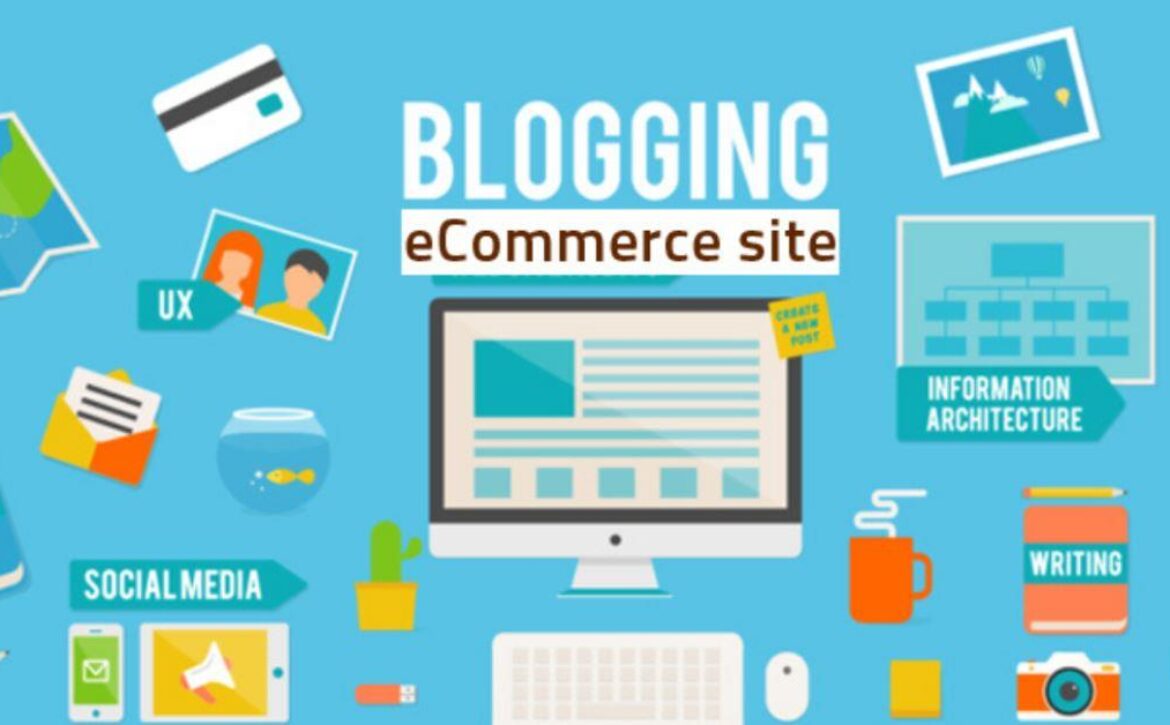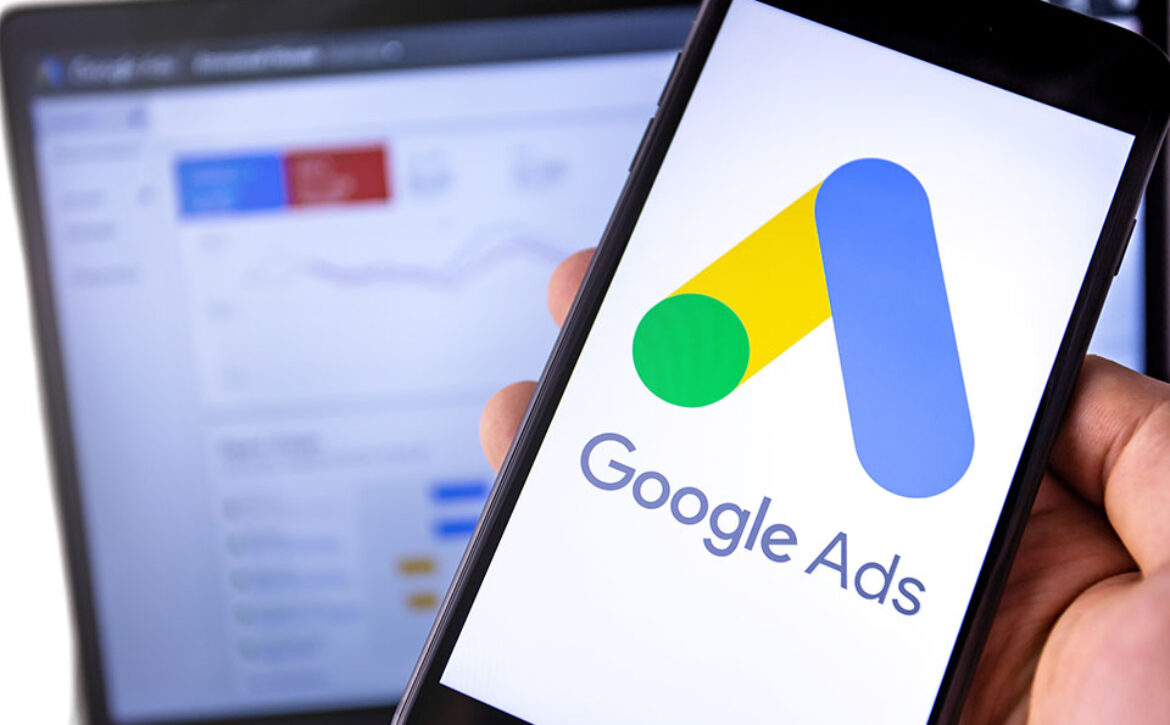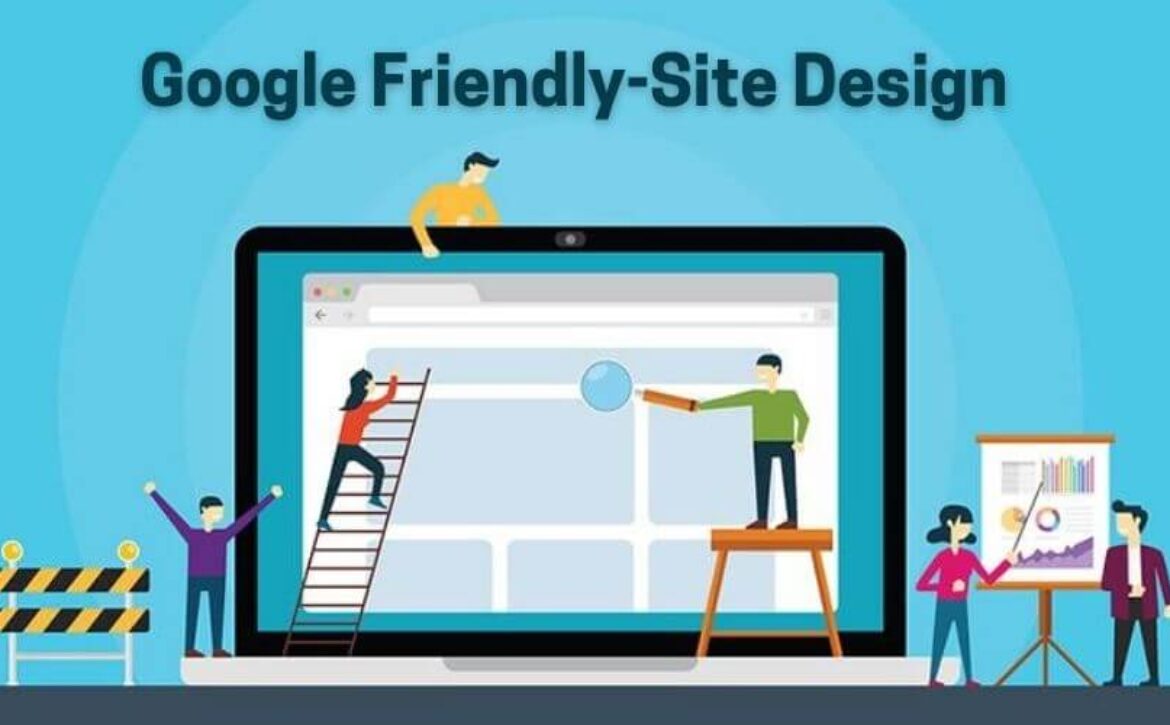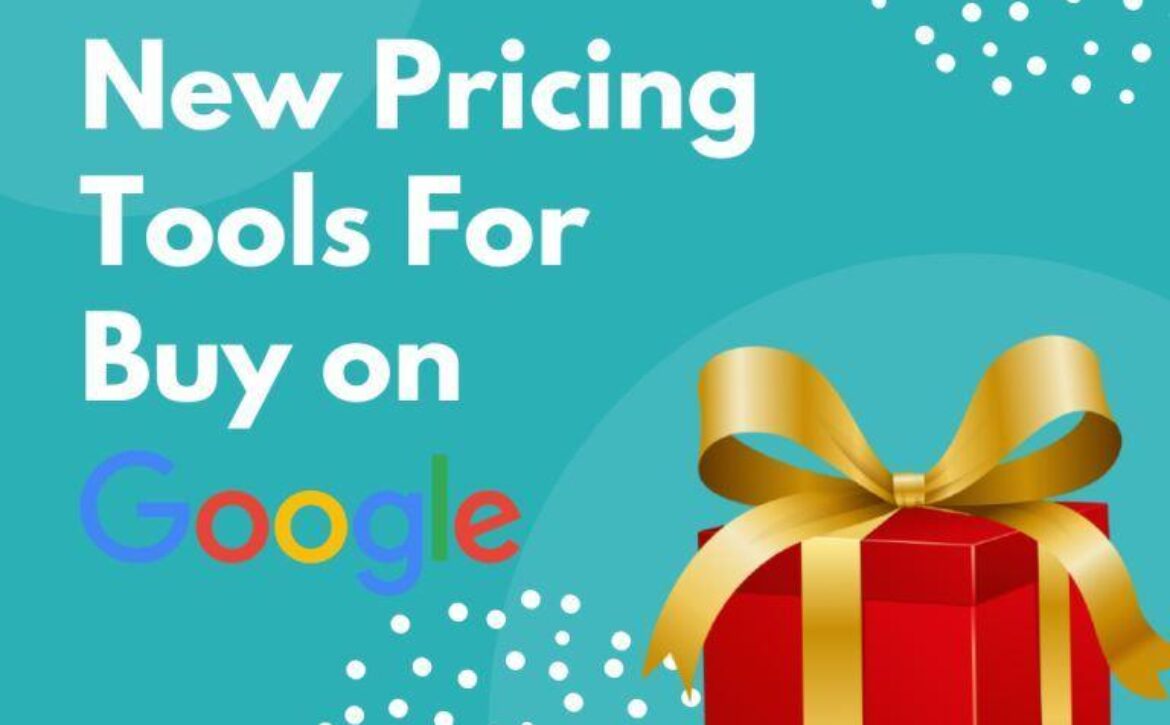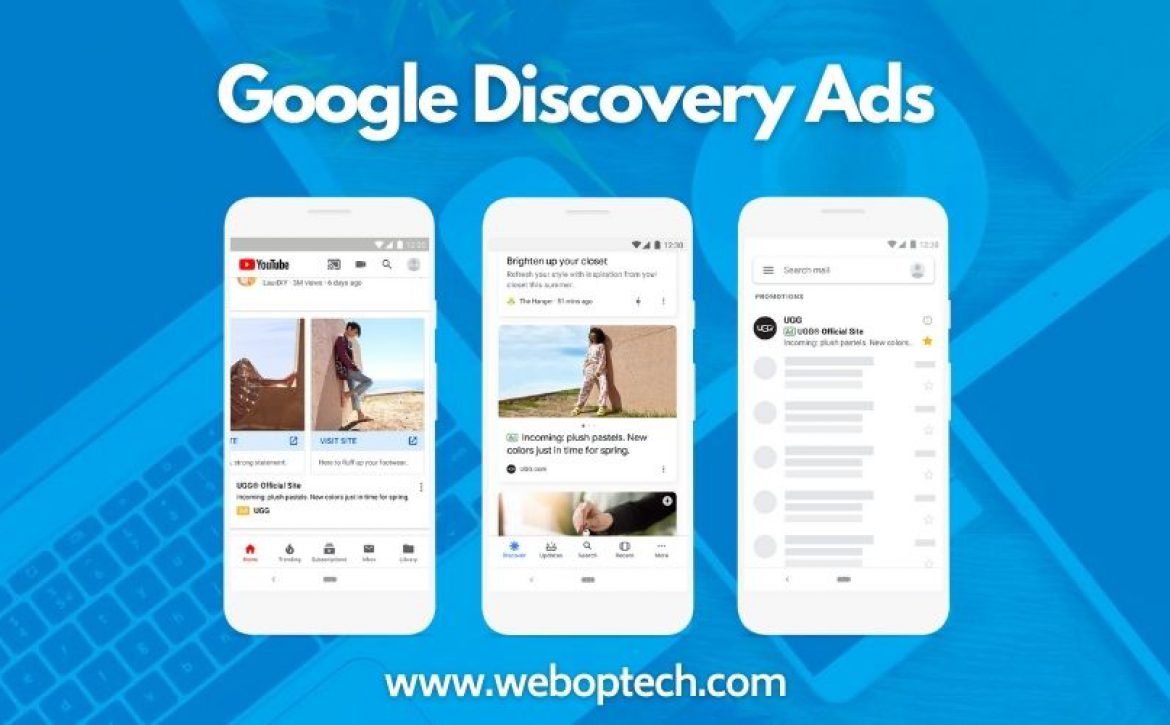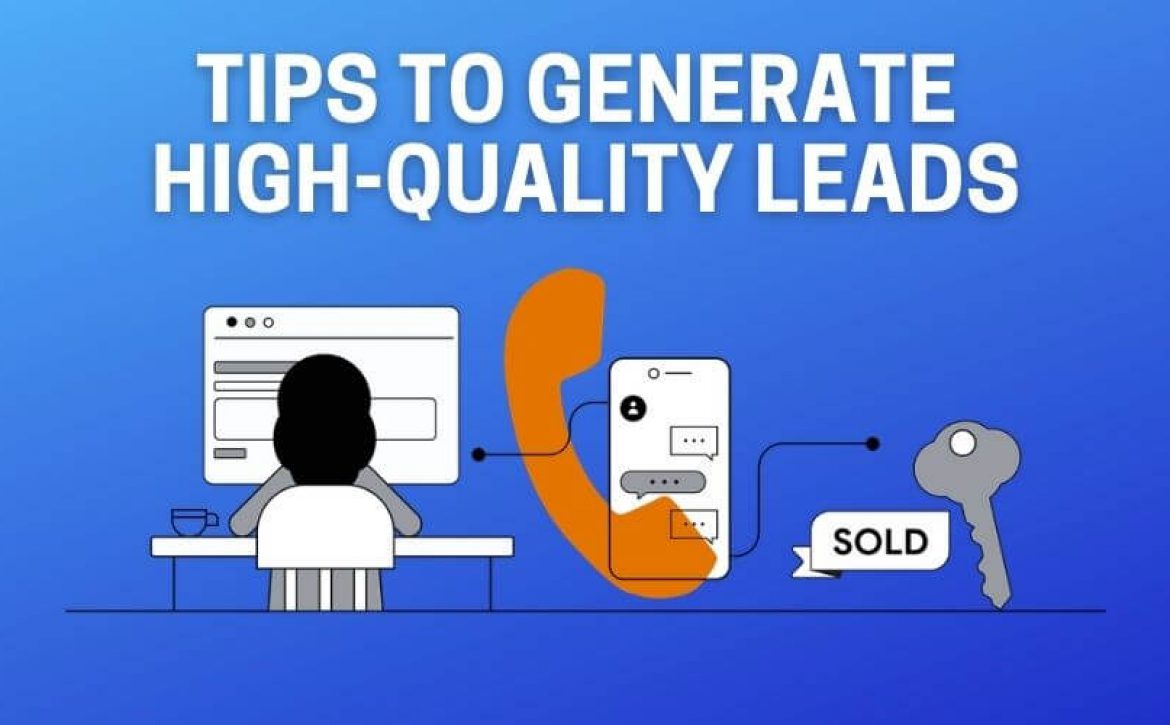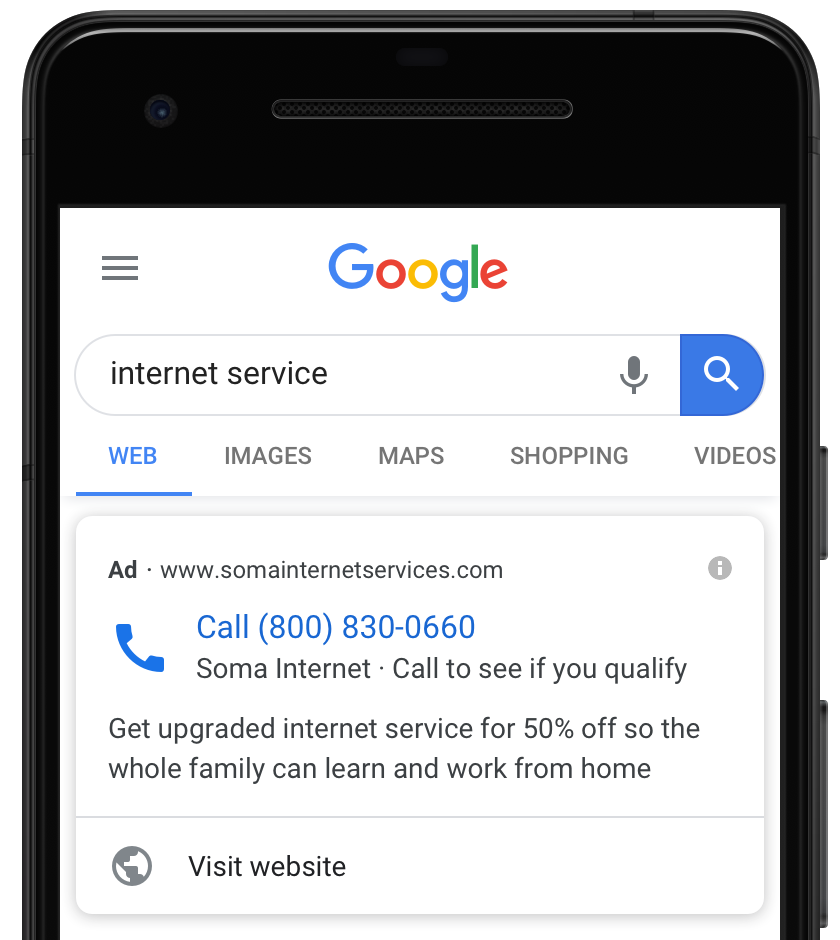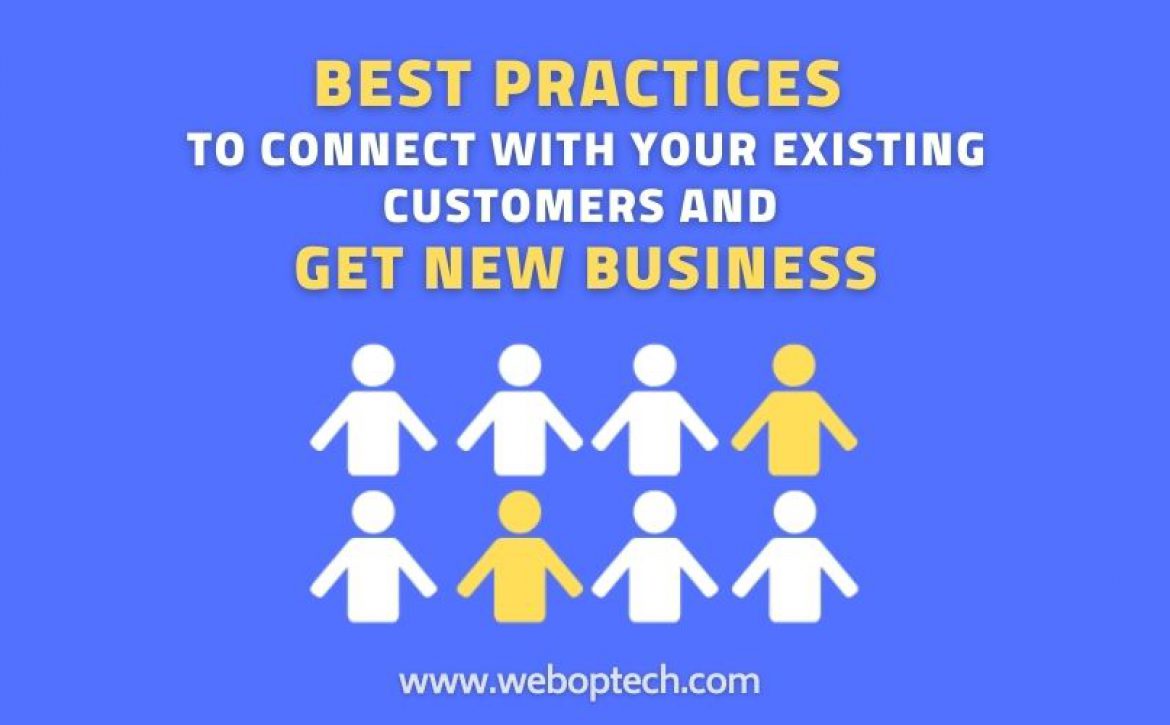WEBOPTECH Achieves Google Partner Badge
WEBOPTECH is proud to announce that we have been awarded the Google Partner Badge! This is a prestigious recognition of our expertise and commitment to delivering outstanding digital marketing solutions to our clients. As a Google Partner, we have access to exclusive resources and tools that enable us to provide even better service to our clients. In this blog, we’ll discuss what it means to be a Google Partner and how this recognition will help our clients.
What is a Google Partner?
A Google Partner is a company that has demonstrated expertise in Google Ads and has met certain performance requirements. Google Partners are given access to exclusive resources and tools that help them provide high-quality digital marketing solutions to their clients. To become a Google Partner, a company must demonstrate proficiency in Google Ads, meet certain performance requirements, and adhere to Google’s best practices.
What does it mean for WEBOPTECH to be a Google Partner?
Being a Google Partner means that WEBOPTECH has demonstrated a high level of expertise in Google Ads and has met certain performance requirements. We have access to exclusive resources and tools that enable us to provide even better service to our clients. This recognition is a testament to our commitment to delivering outstanding digital marketing solutions to our clients and our dedication to staying up-to-date with the latest trends and best practices in the industry.
How will being a Google Partner help our clients?
Being a Google Partner will benefit our clients in several ways. First, it means that our team of digital marketing experts has access to exclusive resources and tools that will help us deliver even better service to our clients. This will enable us to create more effective and efficient Google Ads campaigns that drive better results for our clients.
Second, being a Google Partner means that we are committed to adhering to Google’s best practices. This ensures that our clients’ campaigns are set up correctly, optimized for performance, and compliant with Google’s policies. This will help our clients avoid any issues with their Google Ads campaigns and ensure that their ads are reaching their target audience.
Third, being a Google Partner means that we have access to the latest trends and best practices in the industry. This enables us to stay up-to-date with the latest changes to Google Ads and ensure that our clients’ campaigns are always optimized for performance. We can provide our clients with insights and recommendations that help them stay ahead of the competition and achieve greater success with their digital marketing campaigns.
Conclusion
Being awarded the Google Partner Badge is a significant achievement for WEBOPTECH. It demonstrates our commitment to delivering outstanding digital marketing solutions to our clients and our dedication to staying up-to-date with the latest trends and best practices in the industry. As a Google Partner, we have access to exclusive resources and tools that enable us to provide even better service to our clients. We are excited to continue growing our business and helping our clients achieve greater success with their digital marketing campaigns.



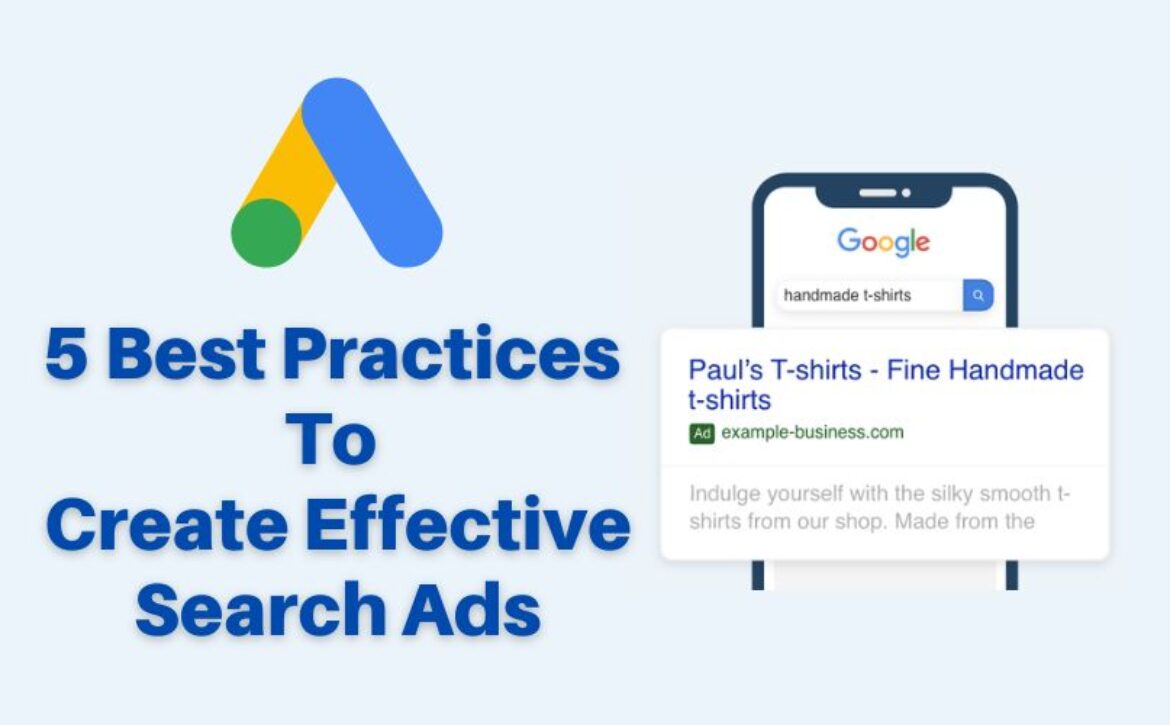
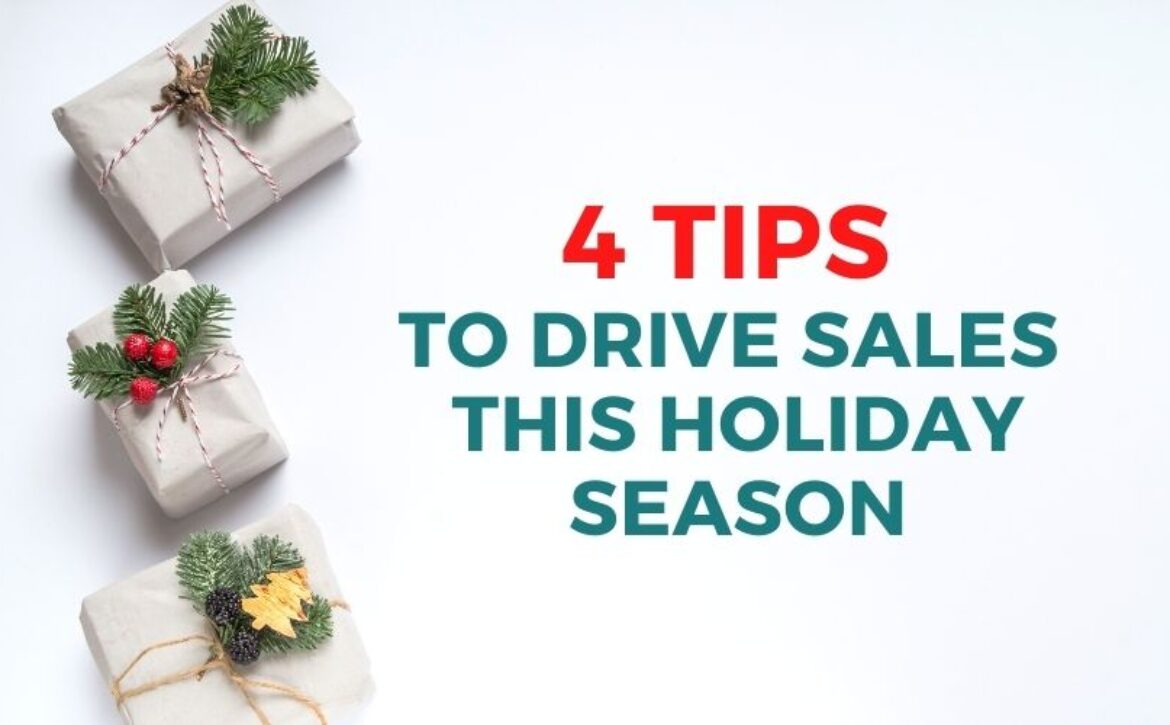
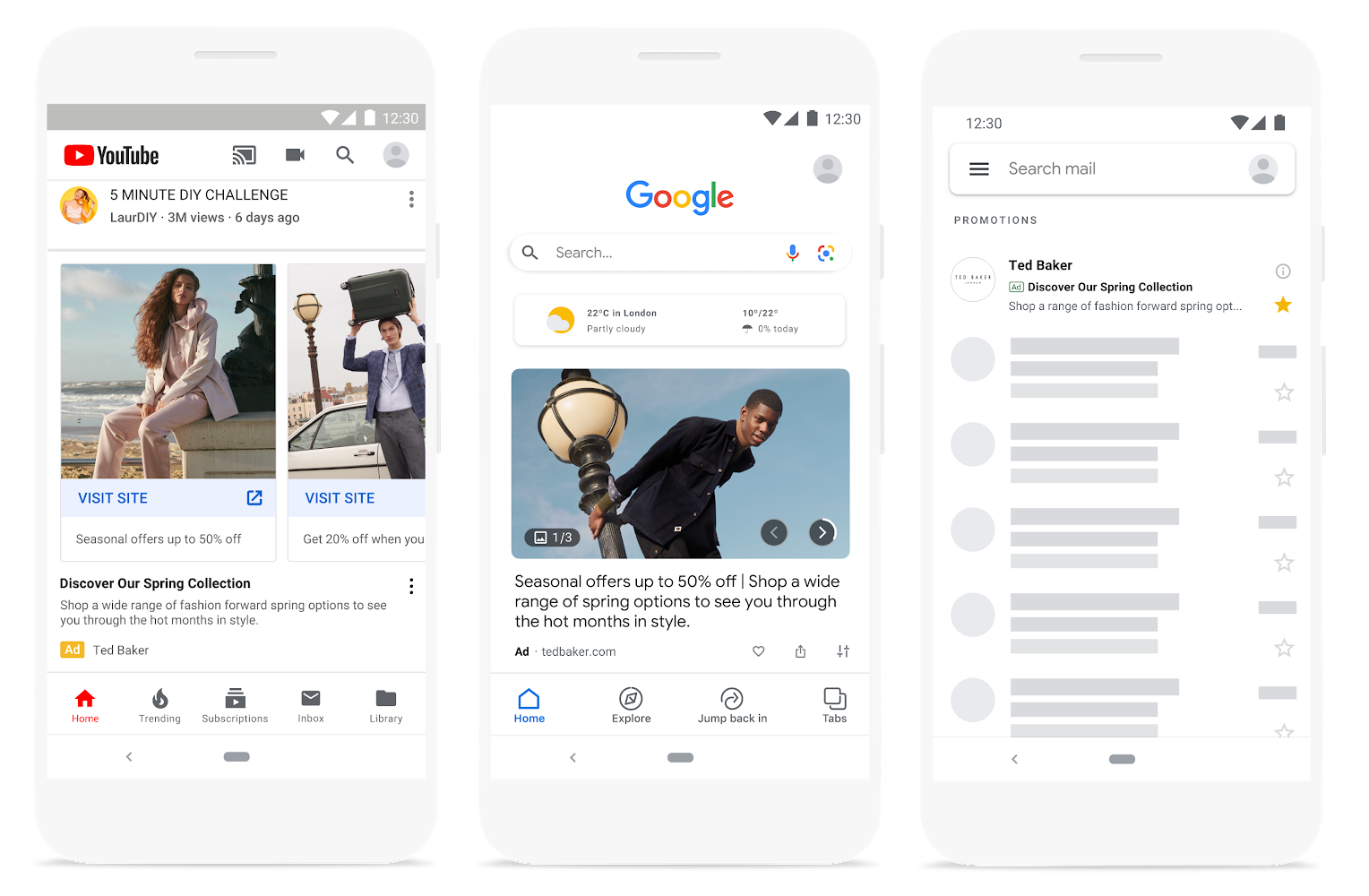 Inspire potential customers while they’re browsing content with
Inspire potential customers while they’re browsing content with 